How to properly transport fertilizers?
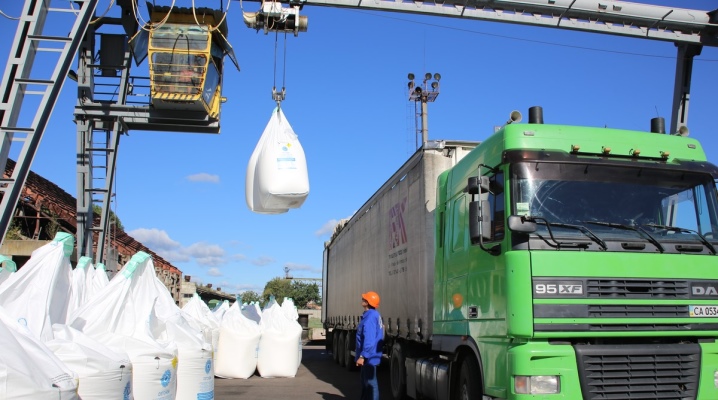
Fertilizer transportation is a responsible process that requires compliance with certain rules. For transportation, use special road tankers with a large carrying capacity, as well as other containers in the form of containers or strong packages.
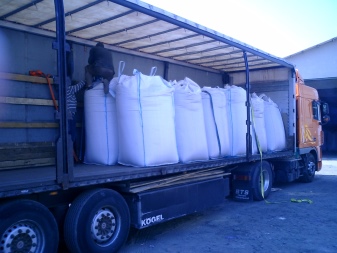
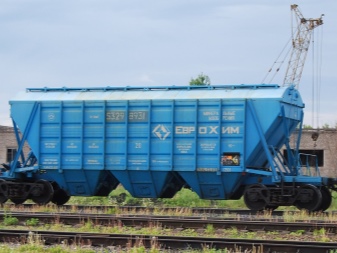
Peculiarities
Any farming requires the use of mineral fertilizers on the site. With their help, it is possible to increase the fertility of the soil and the percentage of the harvest. Therefore, before the planting season - in spring and summer - the demand for agrochemical products increases significantly, which means that the number of transports of organic fertilizers increases.
Agrochemistry is a cargo that is classified as dangerous. Therefore, it requires compliance with the rules of transportation. If ignored, negative consequences can occur.
In the process of improper transportation, chemicals can enter the environment, causing intoxication of the vehicle owner and others.
Some fertilizers contain toxic chemicals that are harmful to human health, which, in case of poor-quality transportation, can get into the soil or water body. Such a proliferation of agrochemicals will lead to a real disaster of an ecological nature.
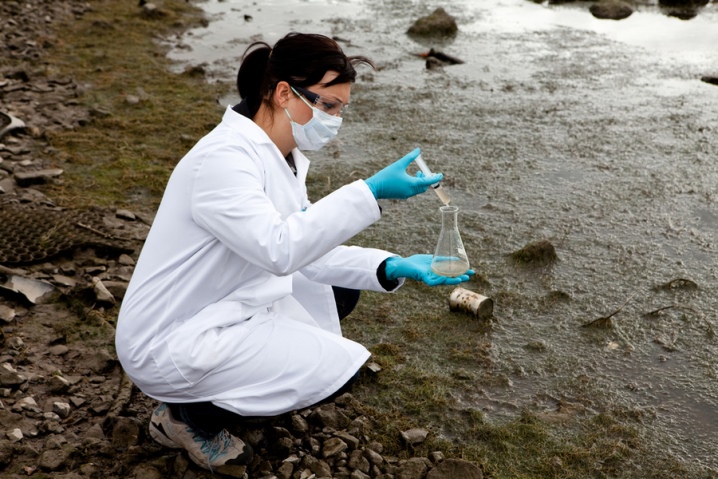
Rules for the carriage of mineral fertilizers
The transportation of organic substances of high concentration requires special attention. If agricultural chemistry is in a dry state, it must transport in bulk cleaned of dirt and dust cars, in which covered bodies and trailers are provided to prevent moisture penetration.
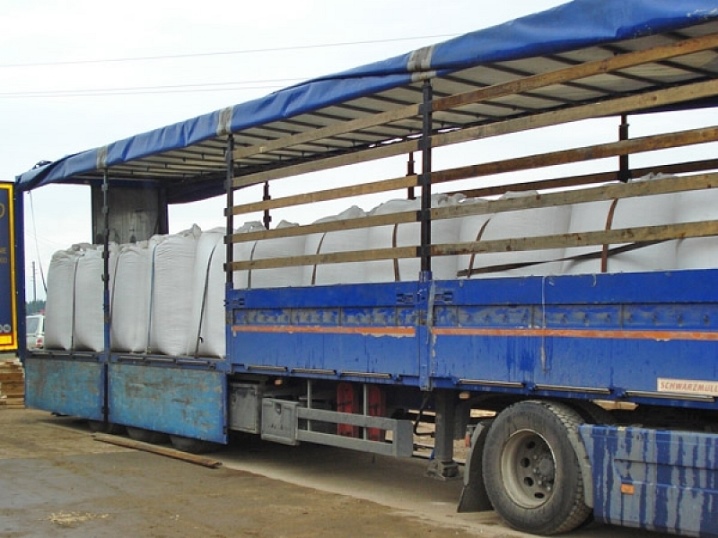
There are other transportation rules.
- Strong chemicals and pesticides, including before transportation, must to wrap up... A special container made of polymer or thick paper acts as a packaging. During transportation, danger signs must be provided in the vehicle itself, which will inform others about the transportation of a poisonous cargo.
- Such substances classified as hazardous must have own labeling... It is developed by the requirements of ADR and is regulated by the same organization. A suitable vehicle should be selected according to the specific hazard level.
- When transporting hazardous fertilizers it is forbidden to place them together next to food or other productsto be consumed.
- Each owner of dangerous goods must complete the necessary permits, confirming the possibility of transportation.
- The driver of the car in which the delivery of mineral fertilizers is carried out must have appropriate tolerance to similar works. He should also plan the route as much as possible and make it as safe as possible.
Agrochemistry can be transported in two ways, implying the use of containers or their absence.
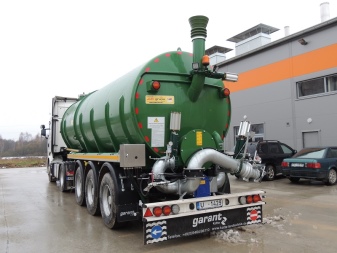
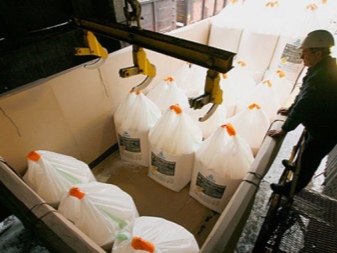
Load is placed in special trucks, flatbed vehicles, trailers or dump trucks. When transporting dangerous goods, it is important to observe:
- rules for safe transportation;
- sanitation standards;
- fixed position of weights.
Dusty mineral fertilizers transported in prepared tanks. Material handling can be pneumatic or mechanized. The second option is the most popular.
Before transportation it is important to check the integrity of the tanks, seal the cracks and strengthen the connections. Additionally, the vehicle is covered with a tarpaulin to protect the cargo from outside influences.
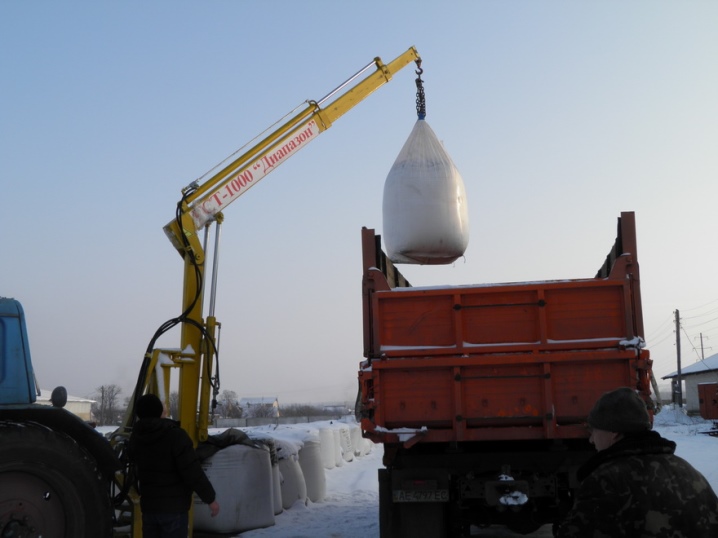
The packaging of organic fertilizers must comply with the established standards, which spelled out in GOSTs and other technical documents. In this case, the type of packaging is determined depending on the type and concentration of substances.
It is also necessary to load and unload goods according to certain rules.
- When carrying out work on loading and unloading agricultural chemicals, the driver must leave the car and close the door tightly.
- The work must be carried out in a mechanized way.
- Agrochemistry is obliged to accept the consignee. It compares the weight of the cargo and the number of packages.
- Before and after transportation, it is necessary to clean the car body from the remains of transported agrochemicals.
- It is forbidden to ship fertilizers together with food and other goods.

The driver responsible for the delivery of dangerous goods is provided with the necessary documents.
Features of transportation of organic substances
Mineral fertilizers Is a complex of organic substances, improper transportation of which can lead to serious and even tragic consequences. So, in the event of an accident on the road and the ingress of substances into water or soil, an environmental disaster may occur.
The transportation of organic substances has its own characteristics, which should be considered in more detail. When loading hazardous substances, it is necessary to take into account the requirements of safety and sanitary standards.
There are two ways to transport fertilizers:
- tare;
- bulk.
Regardless of the chosen method, the owner of the fertilizers, as well as the driver responsible for their transportation, must ensure clean and dry space inside the vehicle, and also make sure that in the process of completing the task the cargo was not affected by weather and climatic conditions.
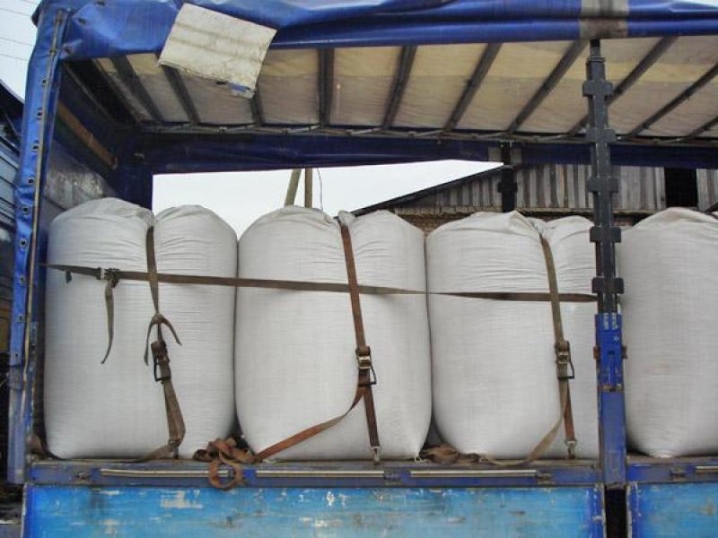
The type of transportation and a number of additional rules are determined based on the type of fertilizer transported. Each complex of hazardous substances has its own nuances and transportation rules.
So, substances of high concentration and increased strength of action must be packed in containers that prevent the occurrence of possible accidents. Such containers are:
- canisters;
- bags;
- barrels;
- boxes.
Each product is labeled as dangerous goods. Also, the type of fertilizer, its weight, volume and other characteristics that will need to be taken into account and compared when receiving the cargo are prescribed on the container.
Fertilizer transportation is impossible without special permits and technical documents. A certain authority is responsible for their issuance. To obtain permission, the owner of the product must provide conditions for the quality transportation and storage of hazardous organic substances.
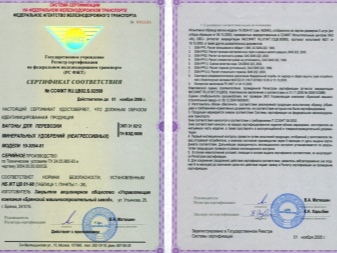
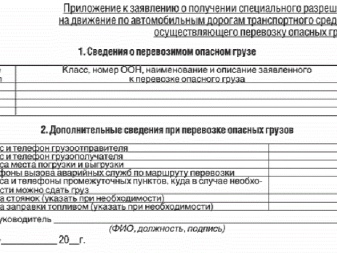
How to transport liquid fertilizers?
Transportation of liquid fertilizers should be carried out in accordance with the established technology... Any deviations from the norm can cause a number of unpleasant consequences and even lead to a catastrophe on a global scale.
First of all, the owner of the vehicle needs to take care of the correct loading of the product. The liquid that needs to be transported is poured into a special tank, and then the tank is installed in:
- car;
- trailer;
- railway carriage.
Liquid loading is carried out by machine, since it is the most secure.
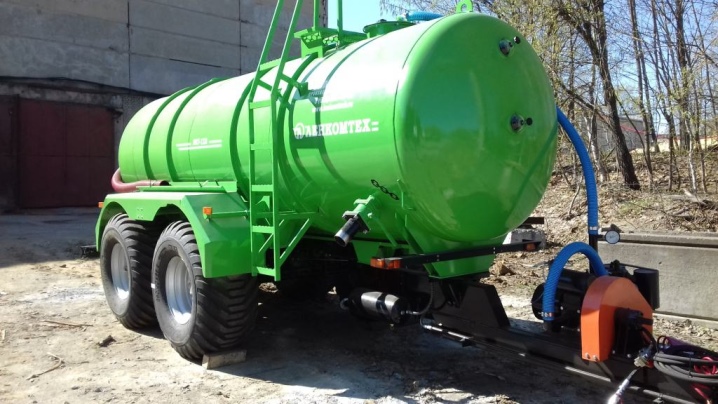
The procedure is controlled by experienced specialists who are able to prevent the occurrence of errors when pumping water or placing containers inside the vehicle.
The basic rules for transporting liquid fertilizers require important points to be considered.
- To transport cargo, vehicles must be equipped with a body or container that will prevent possible leakage of the transported liquid.
- Fertilizers must not be transported with food. Also, other people or unnecessary equipment should not be present in the transport.
- Tank and body parts must be resistant to ammonia.
- Loading and transporting liquid fertilizers is allowed only during the day, when a leak of organic matter can be detected.
- After unloading the containers, it is necessary to clean the vehicle of chemical residues, thoroughly rinse all parts with water and treat them with hot steam.
Organic fertilizers help to increase the yield of plots, therefore they are popular among gardeners and farmers. However, in concentrated form, they are dangerous, therefore their transportation requires compliance with certain rules and is regulated at the legislative level.
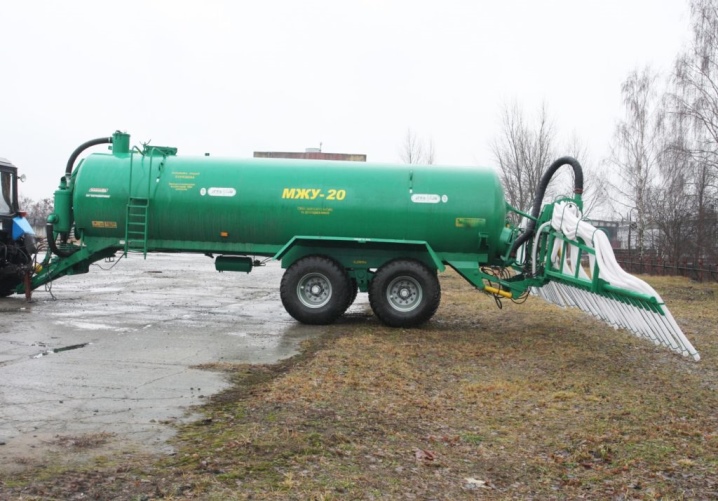
The following video presents a presentation of the PM Rail car made of aluminum alloys for the transportation of mineral fertilizers.













The comment was sent successfully.